Home>Ideas and Tips>Indoor Dieffenbachia Care Guide and Bold Foliage Houseplant Tips


Ideas and Tips
Indoor Dieffenbachia Care Guide and Bold Foliage Houseplant Tips
Published: September 3, 2024
Learn how to care for Dieffenbachia, a stunning houseplant with bold foliage. Get tips on light, watering, soil, and more for a thriving plant.
(Many of the links in this article redirect to a specific reviewed product. Your purchase of these products through affiliate links helps to generate commission for Storables.com, at no extra cost. Learn more)
Dieffenbachia, commonly known as Dumb Cane, is a stunning and versatile houseplant that adds a touch of tropical elegance to any indoor space. Its bold, variegated leaves make it a popular choice among houseplant enthusiasts, and with proper care, it can thrive in a variety of lighting conditions. In this comprehensive guide, we will delve into the essential care tips for maintaining a healthy and thriving Dieffenbachia.
Light Requirements
Dieffenbachia plants are native to the warm regions of the Americas, where they grow in the understory of tropical forests. As such, they prefer bright, indirect light. Direct sunlight can cause the leaves to burn and turn yellow, so it's crucial to provide filtered sunlight or use curtains to diffuse the direct rays coming from south or west-facing windows.
However, Dieffenbachia is quite adaptable and can tolerate lower light conditions. While it may not grow as vigorously in low light environments, it will still remain healthy and attractive. To ensure all sides of the plant receive equal light, rotate your Dieffenbachia regularly. This not only promotes even growth but also helps maintain a balanced shape.
Tips for Light Placement
- East or North-Facing Windows: These windows provide gentle, indirect light that is perfect for Dieffenbachia.
- Filtered Sunlight: Use curtains or blinds to filter direct sunlight, especially if your plant is placed near a south or west-facing window.
- Artificial Lighting: If your room is particularly dark, consider adding some artificial lighting to supplement the natural light.
Watering
Dieffenbachia requires consistently moist soil but should never be waterlogged. Overwatering can lead to root rot, which is a common problem in many houseplants. Here are some tips for watering your Dieffenbachia:
- Check Soil Moisture: Before watering, insert your finger into the soil up to the second knuckle. If the soil feels dry, it's time to water.
- Water Thoroughly: Water your plant thoroughly until water drips out of the bottom of the pot.
- Drain Excess Water: Remove any excess water that accumulates in the saucer to prevent root rot.
- High Humidity: Dieffenbachia prefers high humidity, which can be achieved by placing the container on a saucer filled with pebbles and water. This method allows for ambient moisture without making the roots soggy.
Tips for Watering
- Consistent Moisture: Keep the soil consistently moist but not waterlogged.
- Avoid Overwatering: Check the soil moisture regularly to avoid overwatering.
- Use Filtered Water: If your tap water has high mineral content, consider using filtered water or rainwater to prevent brown tips on the leaves.
Soil and Repotting
Dieffenbachia prefers well-draining potting soil to prevent root rot. A general-purpose indoor potting soil with high peat content is usually suitable. If you're making your own soil mix, a combination of loam and peat will make a perfect medium. Dieffenbachia can also grow in pure peat, but a 1:1 mix of soil and peat or peat and perlite is a nice option.
Repotting Tips
- Early Spring Repotting: Repot your Dieffenbachia in early spring for best results.
- Larger Container: Choose a pot only slightly larger than the current one to avoid excessive moisture around the roots.
- Fresh Soil: Remove all old soil and place the plant in fresh moist soil when repotting.
Temperature
Dieffenbachia thrives best in temperatures between 65°F to 75°F (18°C to 24°C). Avoid placing it near cold drafts or air conditioning vents, as sudden temperature changes can disrupt its growth. Keeping the temperature consistent will help maintain the plant's health and prevent leaf loss.
Temperature Tips
- Average Home Temperature: Dieffenbachia does well in average home temperatures.
- Avoid Cold Drafts: Keep it away from cold drafts and sudden temperature changes.
Humidity
Dieffenbachia prefers a humid environment, which can be challenging in dry climates. To increase humidity, you can use a humidifier or place a water tray near the plant. This method allows for ambient moisture without making the roots soggy.
Humidity Tips
- High Humidity: Dieffenbachia prefers high humidity, especially during the drier months of winter.
- Misting Leaves: Lightly misting the leaves regularly can also help maintain humidity levels.
Fertilization
Dieffenbachia is a fast-growing plant that benefits from regular fertilization. Use a balanced liquid fertilizer diluted to half the recommended strength every 2-4 weeks during the growing season (spring and summer). This will provide your plant with necessary nutrients to promote healthy growth.
Fertilization Tips
- Diluted Fertilizer: Apply fertilizer at half strength to avoid burning the roots.
- Regular Application: Fertilize every 2-4 weeks during the growing season.
Pruning
Pruning is essential for maintaining the shape and health of your Dieffenbachia. Remove any yellow or damaged leaves to keep the plant looking tidy. You can also trim back leggy growth to encourage bushier growth.
Pruning Tips
- Remove Yellow Leaves: Regularly remove any yellow or damaged leaves.
- Trim Leggy Growth: Trim back leggy growth to promote bushier growth.
Propagation
Dieffenbachia can be propagated through stem cuttings, tip cuttings, or division. Here’s how to propagate Dieffenbachia effectively:
- Cuttings: Use a sharp sterile knife or scissors to cut the tips from the end of the plant or look for shoots coming from the main stem.
- Soil Mix: Fill your pot with a well-draining potting mix and water generously until excess water comes out of the drainage holes.
- Placement: Place the cutting into this soil mix, ensuring that only the stem tip is in the soil and standing up straight.
- Moisture: Keep these cuttings moist but not overly saturated and place them in a warm and dim spot that still receives indirect sunlight.
Propagation Tips
- Cutting Method: Use stem cuttings or tip cuttings for propagation.
- Soil Mix: Use well-draining potting mix for rooting.
- Placement: Place cuttings in a warm and dim spot with indirect sunlight.
Common Problems
Dieffenbachia, like any other houseplant, can encounter pests, diseases, and other common problems. Here are some tips for addressing these issues:
Pests
- Spider Mites: Recognizable by their cotton-like white masses, they suck plant sap, weakening it. Remove them manually using a cotton swab dipped in rubbing alcohol or apply insecticidal soap.
- Mealybugs: These can appear as small brown bumps on the stems and leaves. Scrape them off or treat them with insecticidal soap.
- Scale Insects: These small, green pests suck sap from new growth. Rinse them off with water or treat the plant with insecticidal soap.
Diseases
- Root Rot: Caused by overwatering, root rot leads to yellowing leaves and a wilting plant. Prevent this by ensuring good drainage and not keeping the soil excessively wet.
- Leaf Spot Diseases: Caused by fungal or bacterial infections, leaf spots appear as discolored areas on the leaves. Improve air circulation, avoid wetting the leaves when watering, and remove affected foliage. Fungicides may be used in severe cases.
Other Issues
- Drooping Leaves: Often a sign of under-watering or low humidity. Ensure consistent soil moisture and consider increasing humidity around the plant.
- Yellow Leaves: Can be a sign of overwatering, poor drainage, nutrient deficiency, or too much direct sunlight. Address the specific cause based on your plant’s conditions.
Conclusion
Dieffenbachia is an excellent indoor plant that adds a decorative touch to any room with its striking variegated leaves. By following these care tips—regarding light, watering, soil, temperature, humidity, fertilization, pruning, and propagation—you can keep your Dieffenbachia thriving. Remember to address common problems promptly to ensure your plant remains healthy and vibrant. With proper care, your Dieffenbachia will continue to be a beautiful addition to your home for years to come.
Was this page helpful?
At Storables.com, we guarantee accurate and reliable information. Our content, validated by Expert Board Contributors, is crafted following stringent Editorial Policies. We're committed to providing you with well-researched, expert-backed insights for all your informational needs.
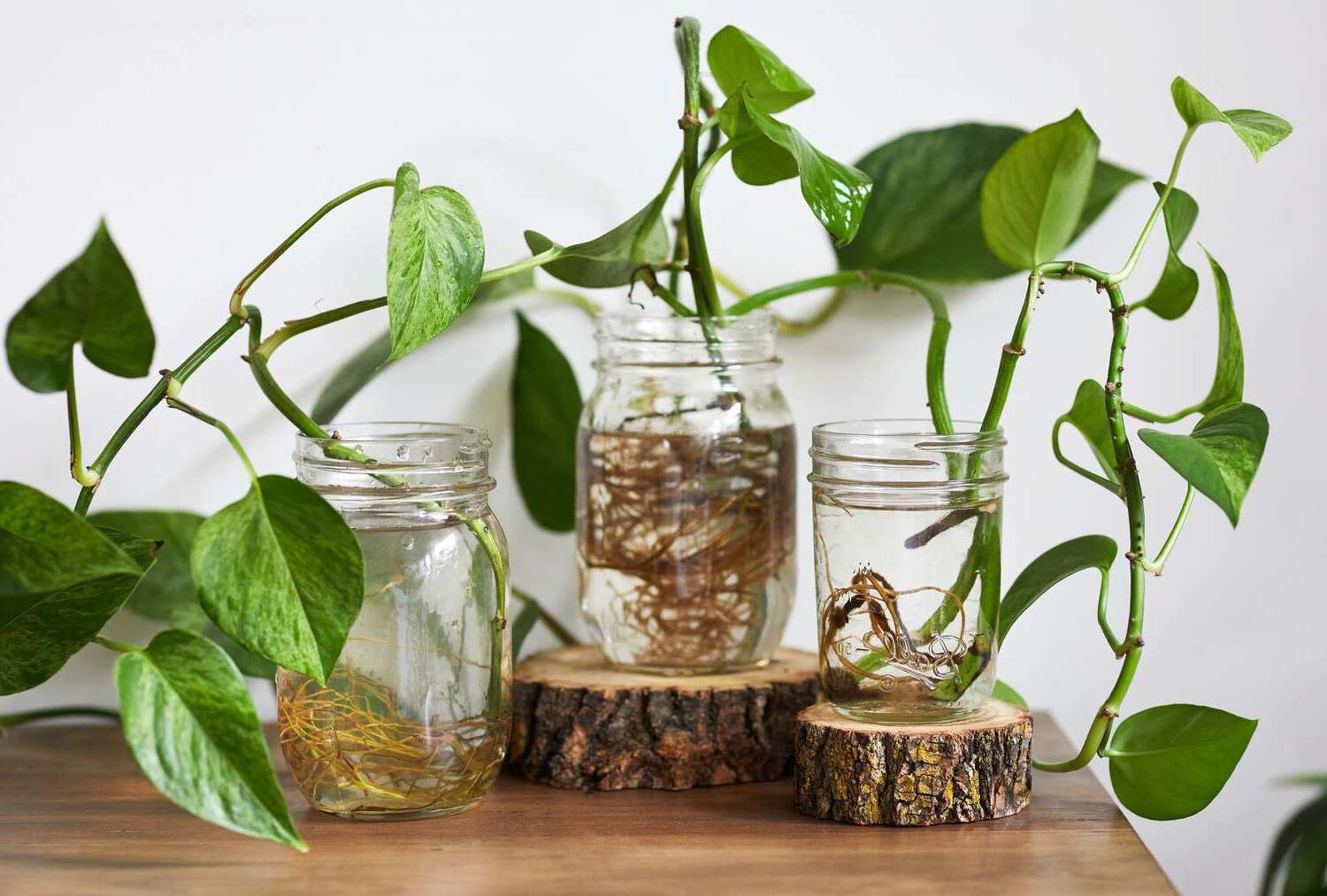

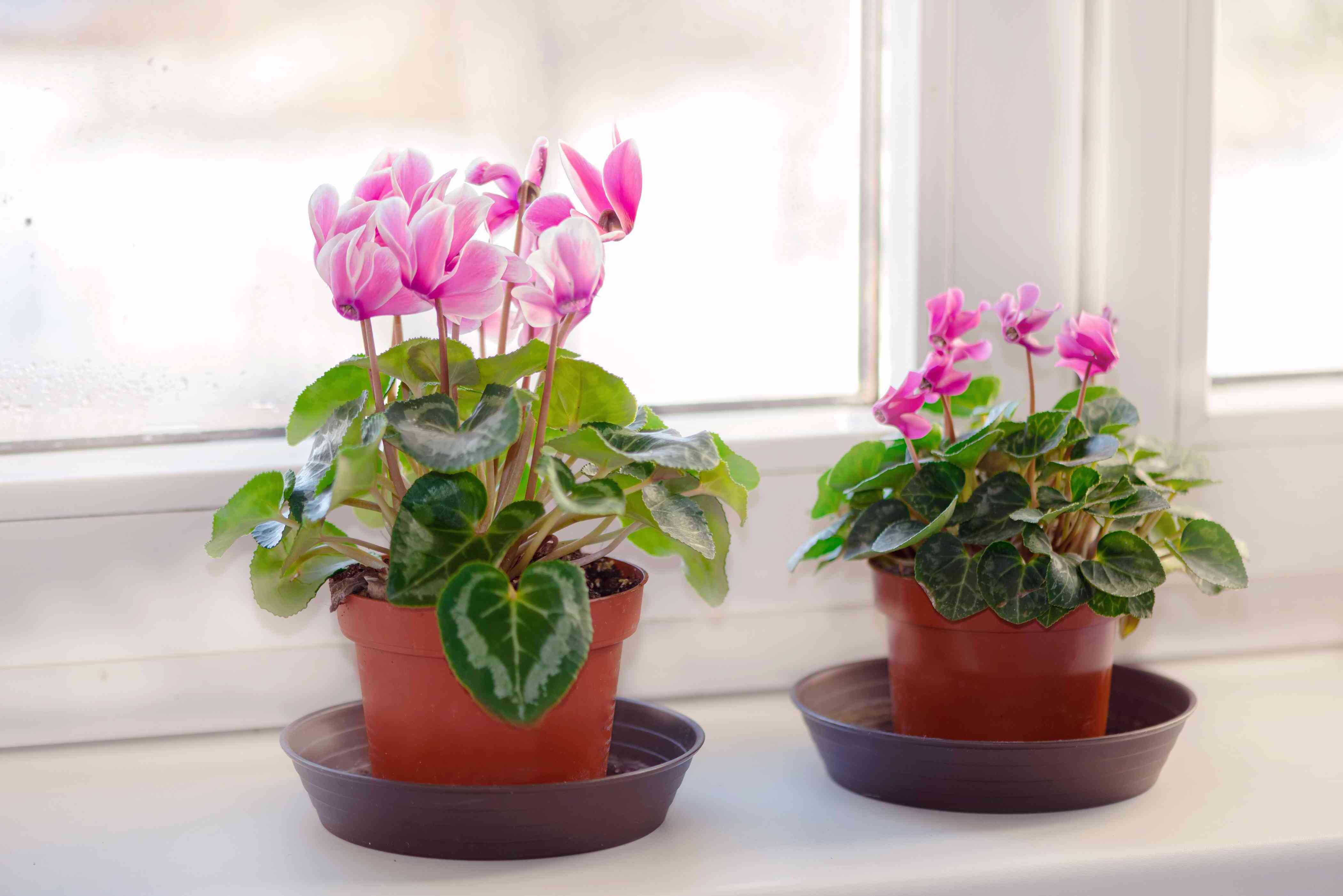
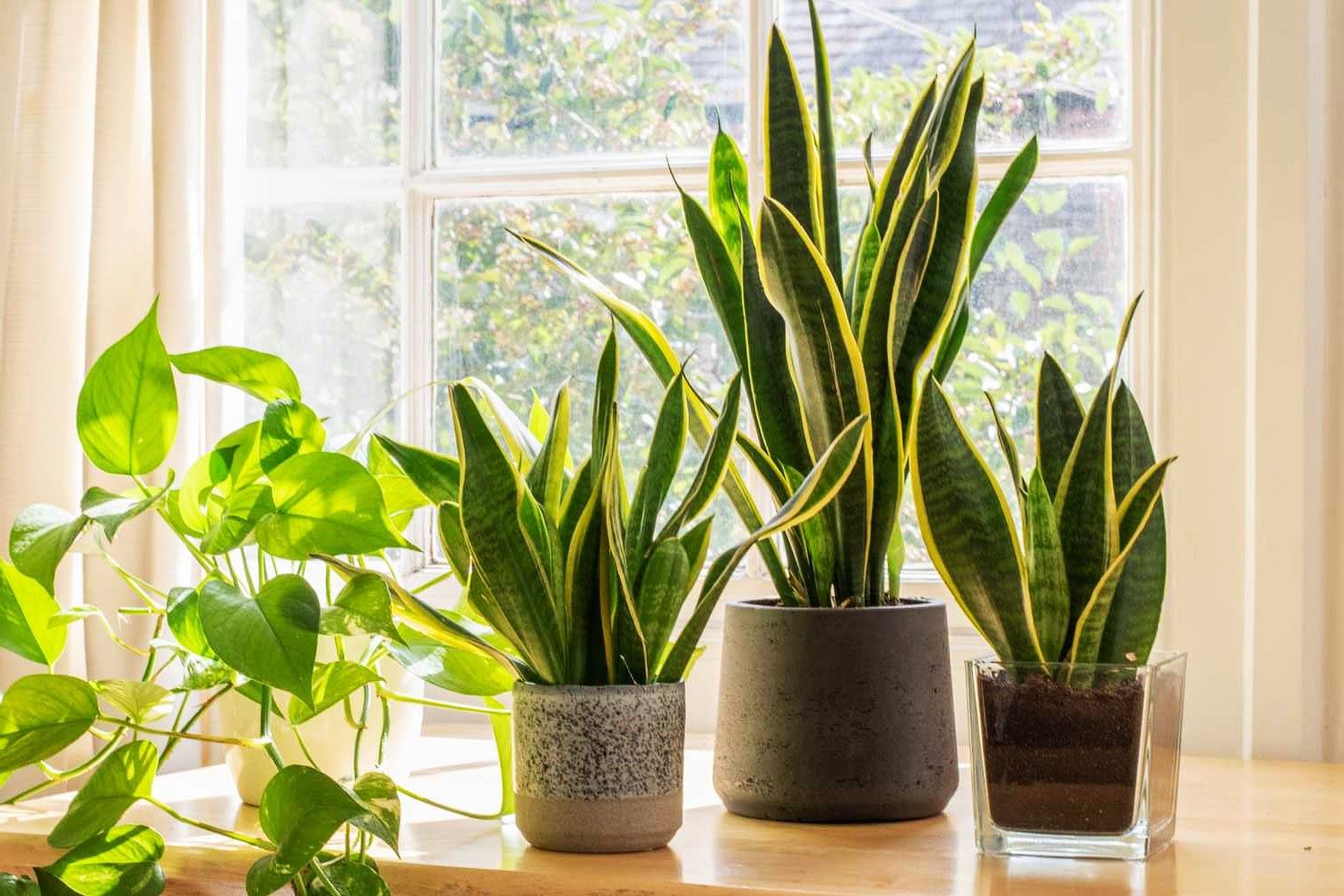
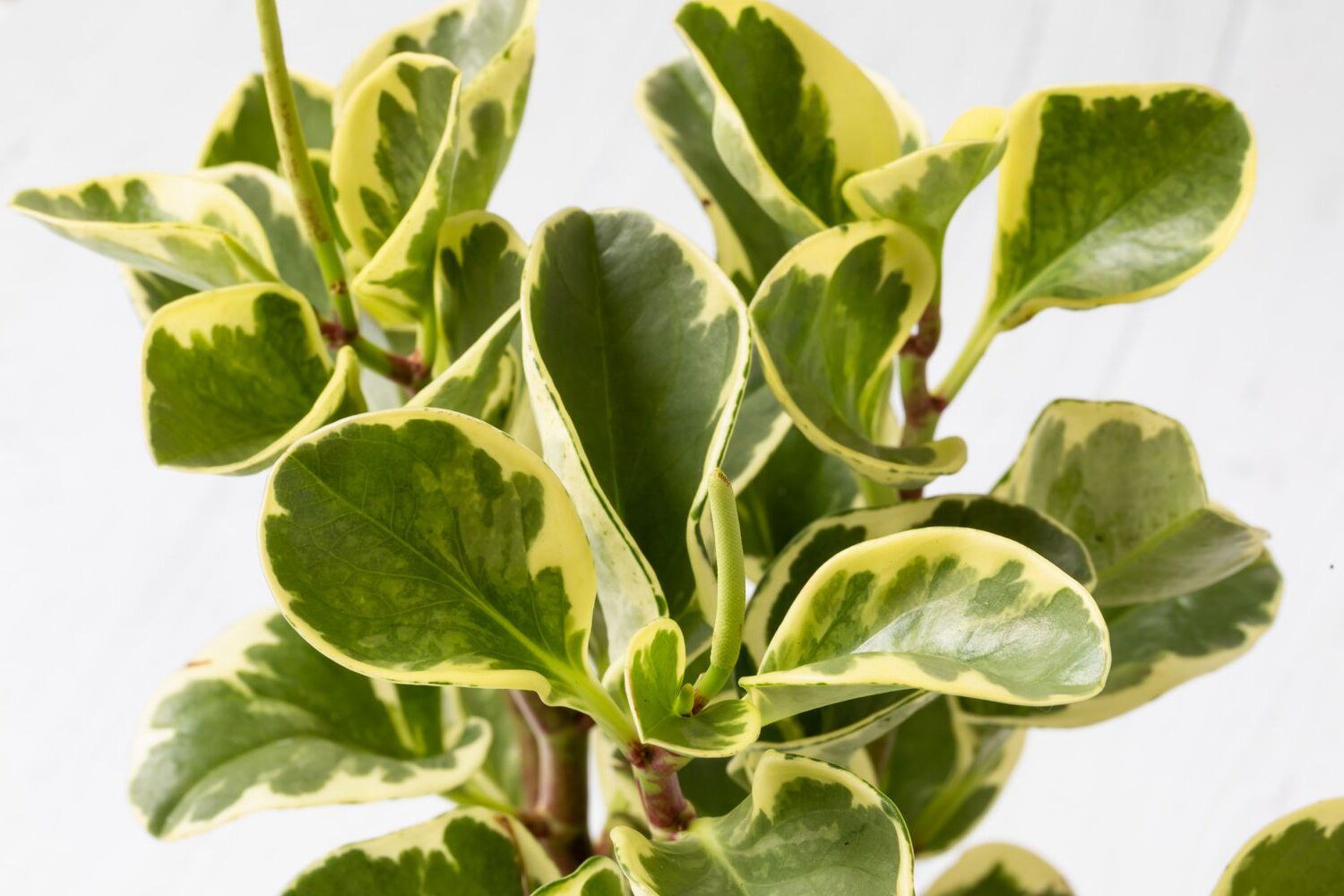
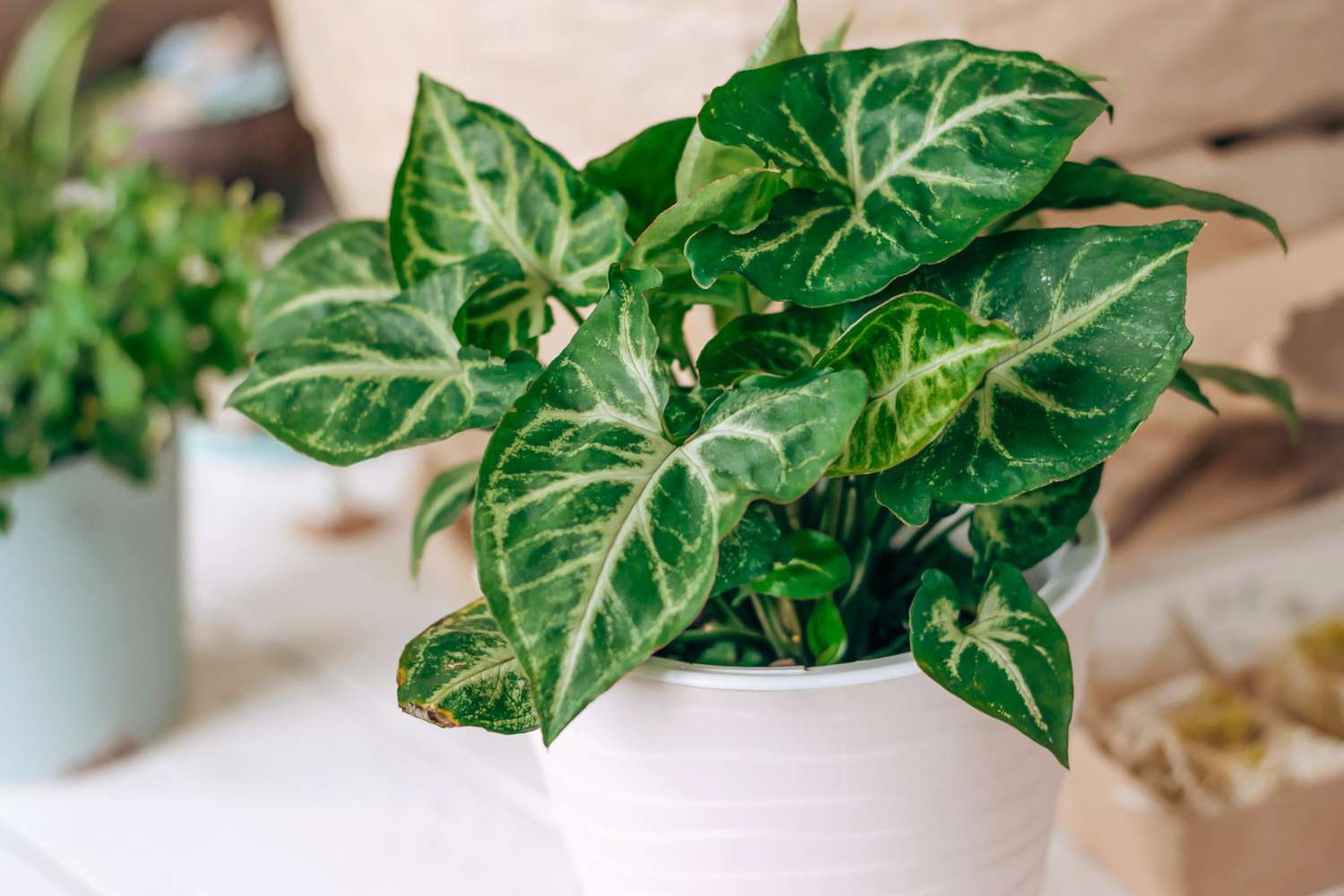
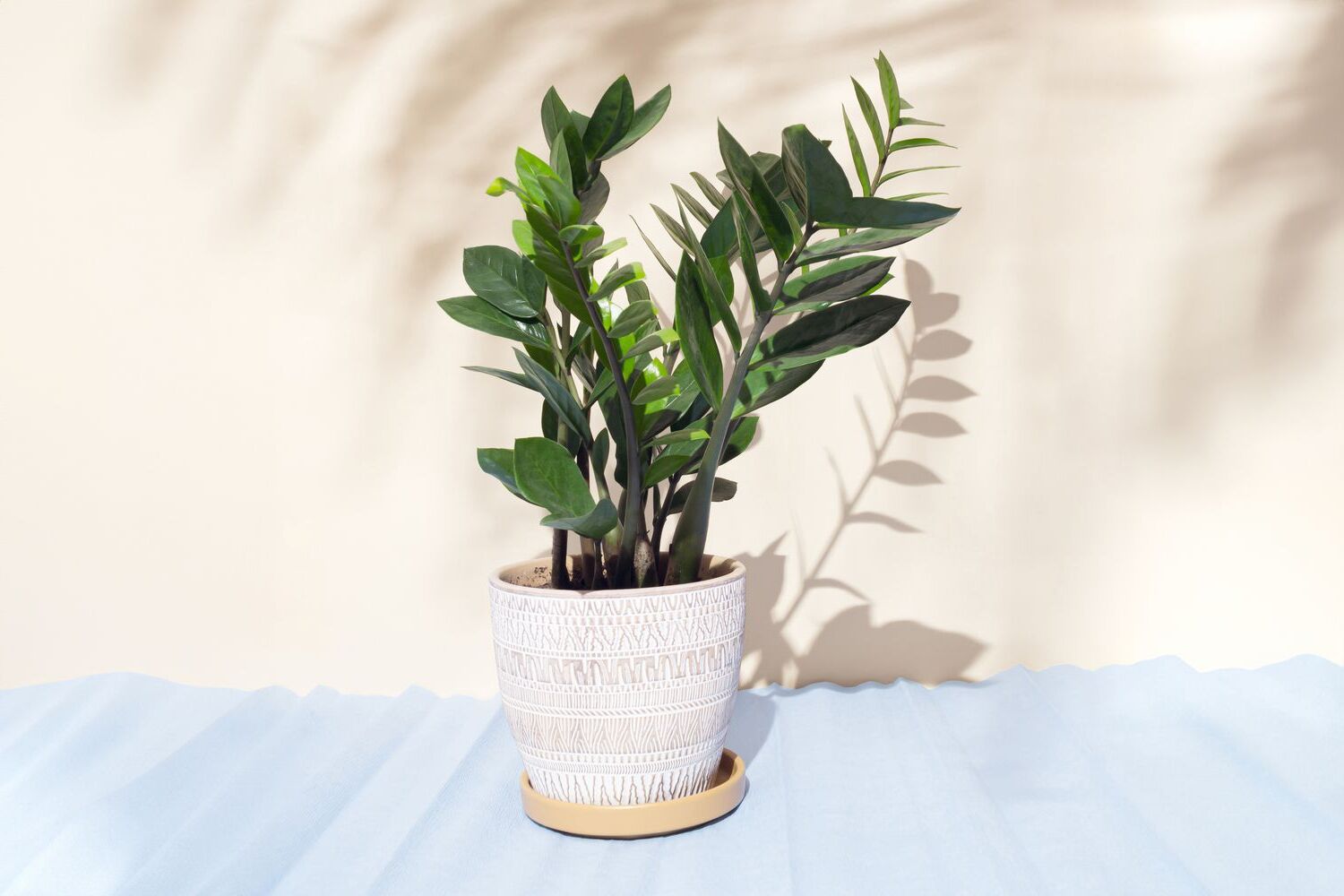
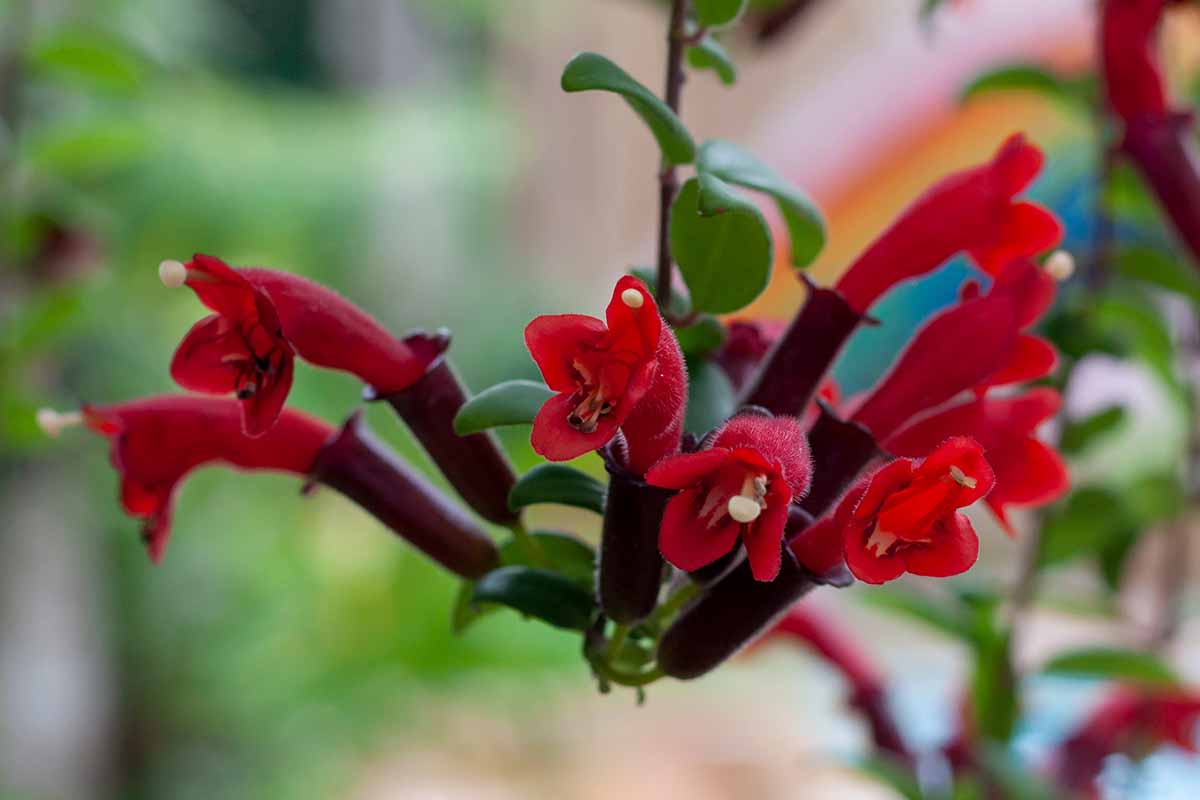
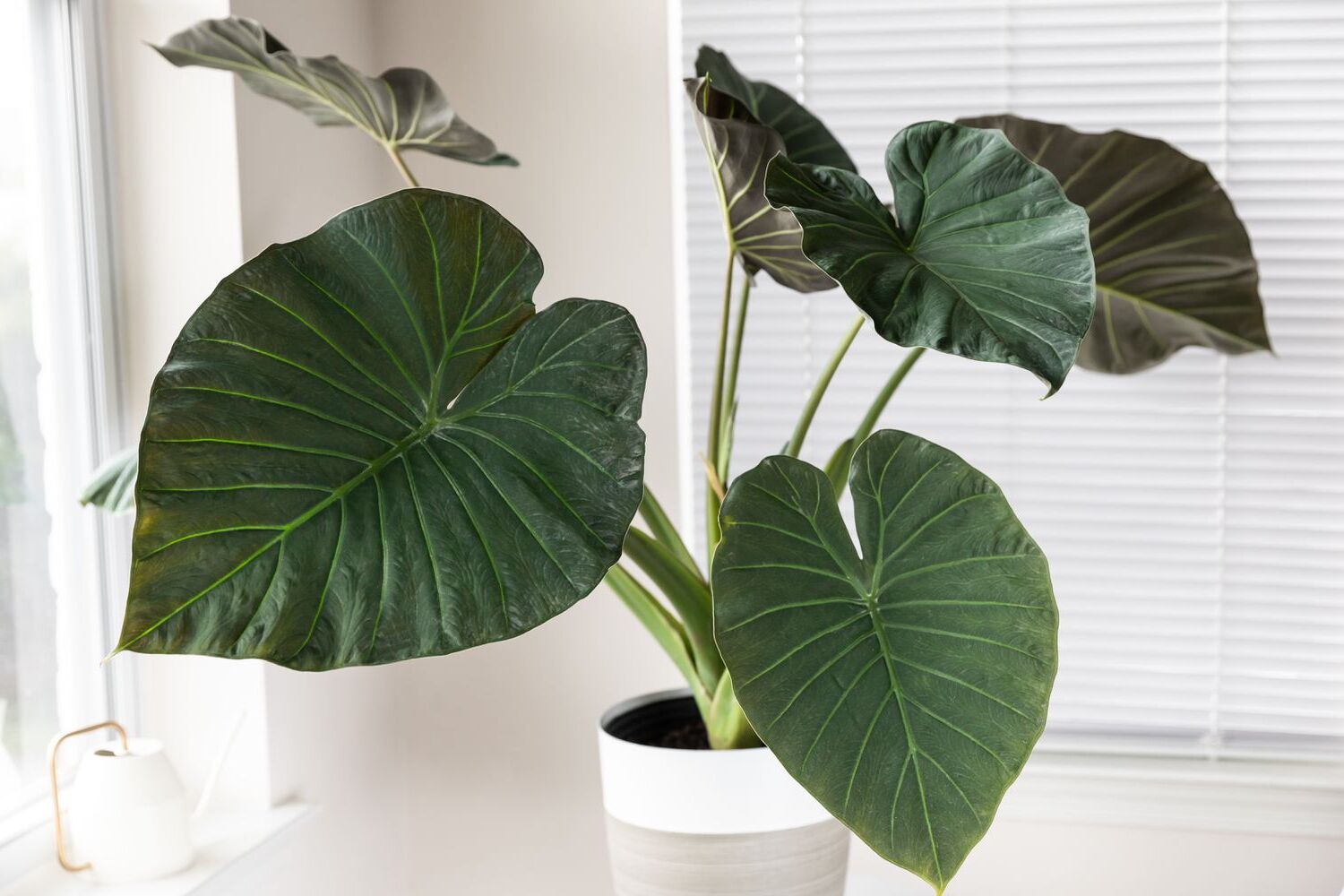
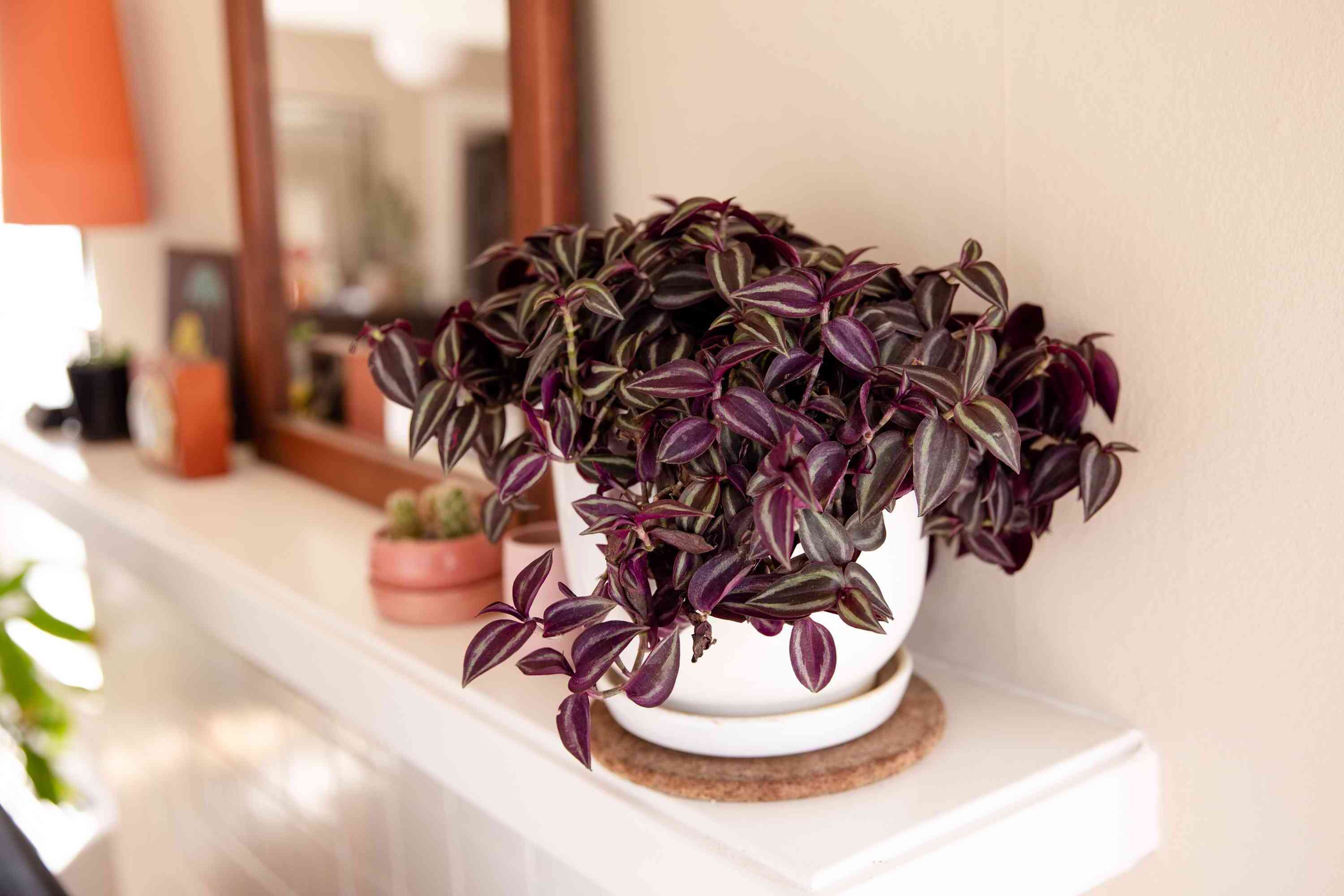
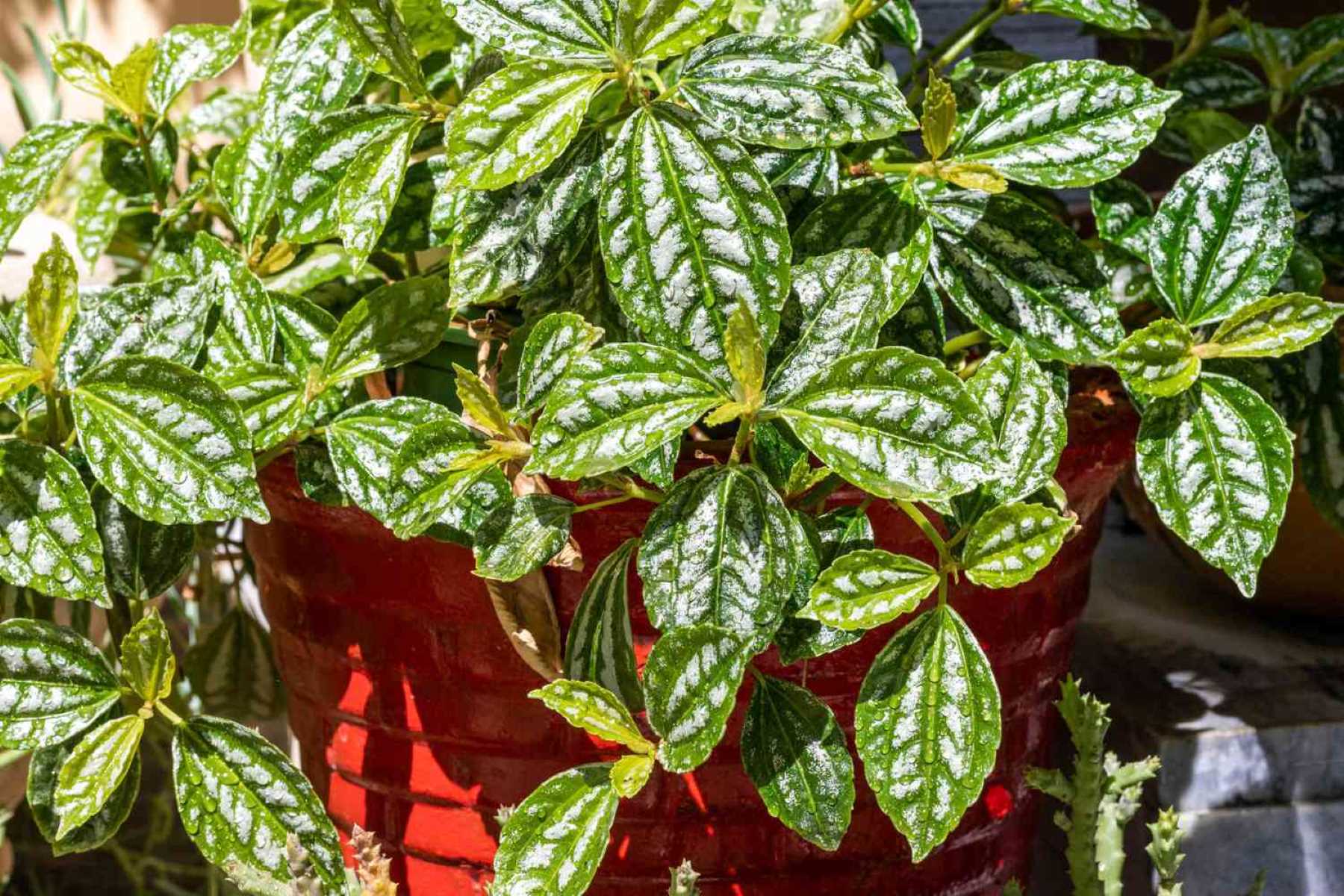

0 thoughts on “Indoor Dieffenbachia Care Guide and Bold Foliage Houseplant Tips”